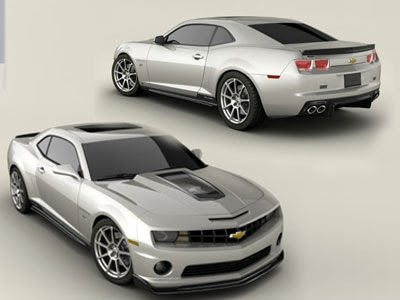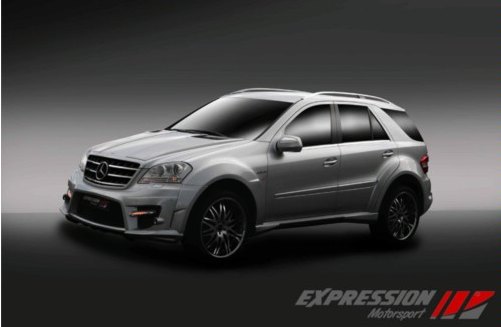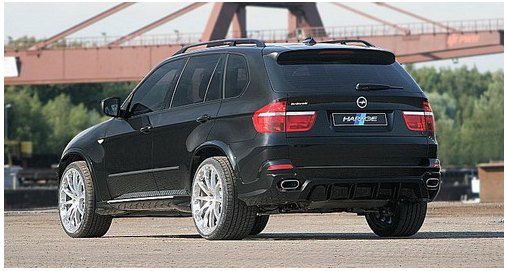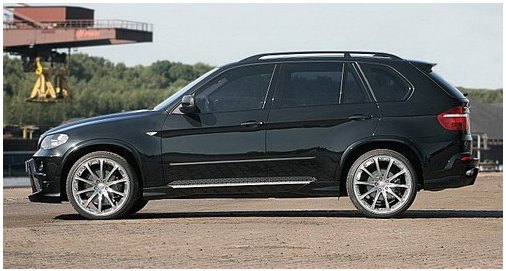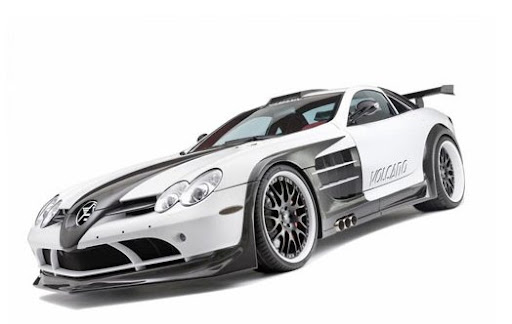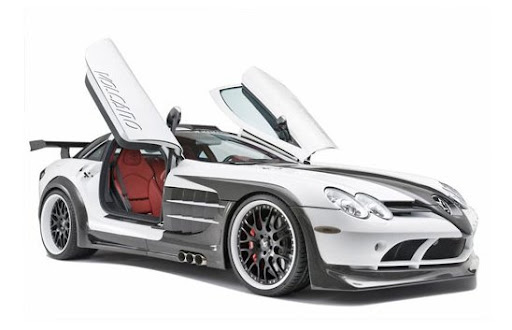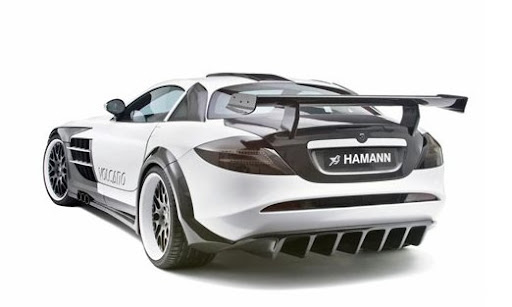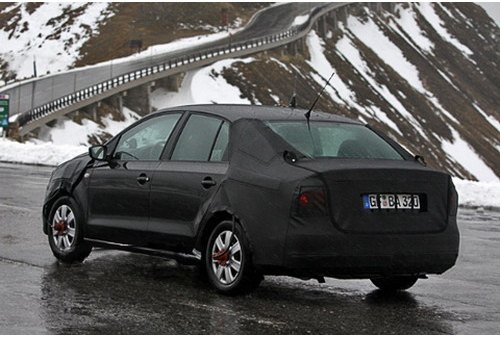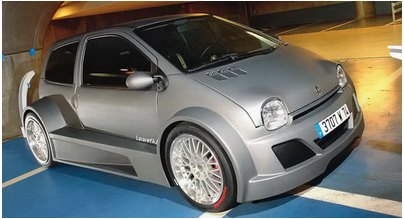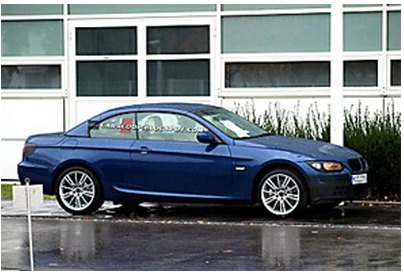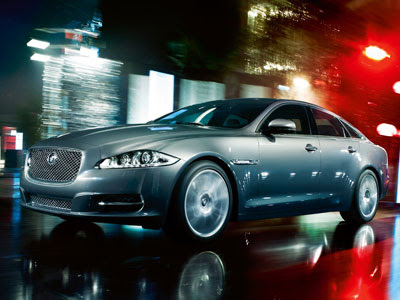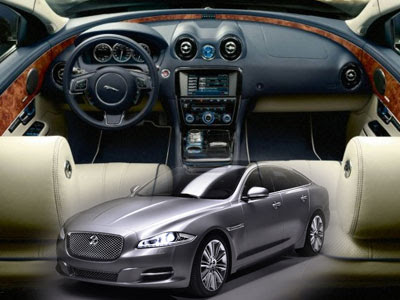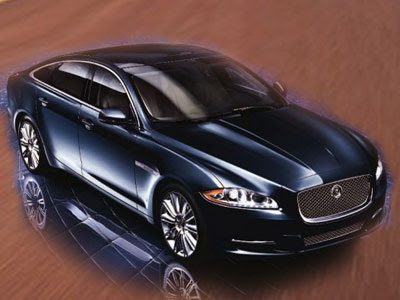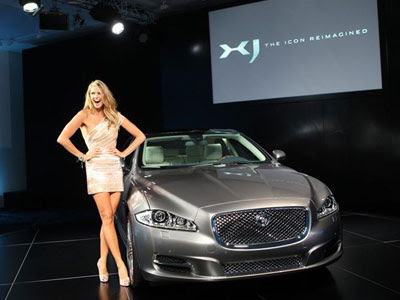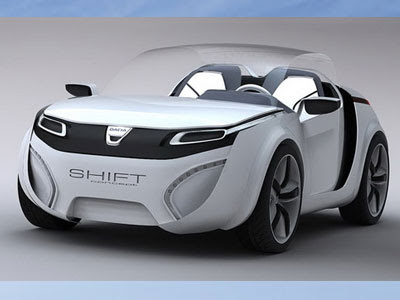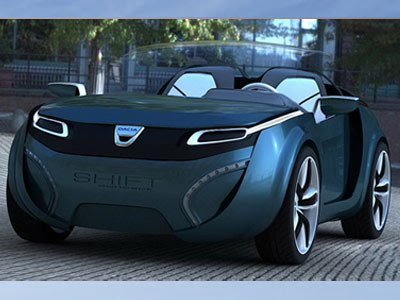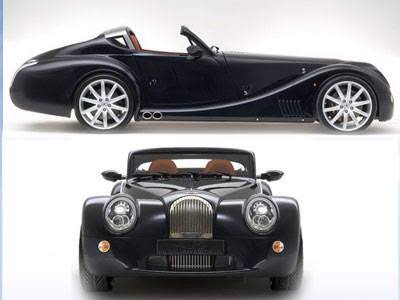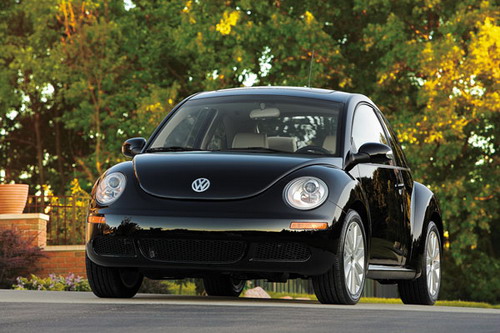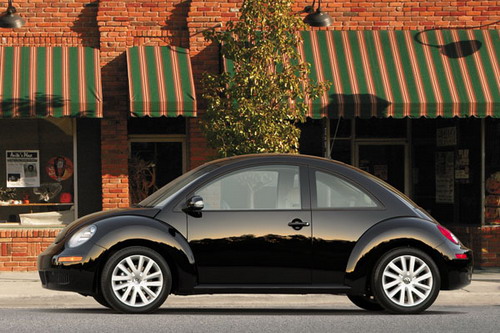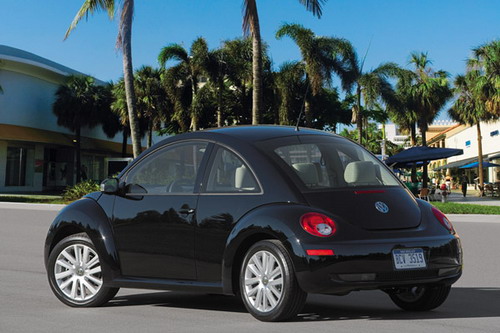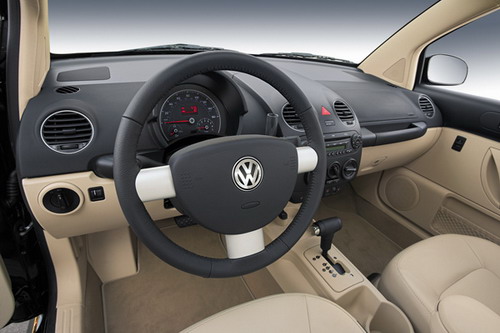
It's taken nearly four days to wrap my head around the 2011 Lexus LFA, and if I'm honest, I'm still not halfway there. The combination of a decade-long gestation, a half dozen prototypes comprised of two different materials, a high displacement V10 that cuts fuel at 9,500 RPM and a $375,000 price tag has left me incapacitated and trembling in a caffeine and nicotine-fueled fetal position for the better part of a week. I can't make heads nor tails of Lexus' first foray into supercardom, simply because nothing exists in the four-wheeled world to put it into perspective. Judging by your comments, I'm not alone.
There's more to this story than driving impressions and photos.
It's a front-engine GT, but its MSRP means it doesn't compete with the Ferrari 599. It's a technological tour de force nearly on par with the Bugatti Veyron, but its 202 MPH top speed doesn't come close to the V-max of Ferdinand Piech's quad-turbo masterpiece. It's lithe and nimble, but lacks the directness and tactility of the Lotus Elise. Its 3.7-second zero-to-60 time falls short of the GT-R, and it can't come close to the Nissan's point-to-point brutality. There's simply no frame of reference to apply, which begs the question: Why? Why has Lexus invested hundreds of million of dollars, ran a dozen races and developed nearly every single component in-house to build a scant 500 LFAs and offer them to the world's elite?
It's a mystery wrapped in an enigma coated in carbon fiber. And there's obviously more to this story than simply driving impressions and photos. So after last week's barrage of LFA news, it's time to take a step back... then get stuck right back in.
The general consensus is that Toyota built the LFA simply because it could. That's just a poor excuse to prevent your head from exploding. The LFA represents more than just a V10-powered, carbon fiber plaything; the investment in development, technology and manufacturing appears to be a cornerstone of ToMoCo's future products and Toyota President Akio Toyoda's vision for the automaker. But let's put the bird's eye view aside for the moment and revel in the details, beginning with the styling.
Compared to the concept that rolled out at the 2005 Detroit Auto Show, the production LFA bears more resemblance to Toyota's follow-up in 2007. The flat, pointed exterior has evolved into a scooped and ducted coupe that's far and away the best application of Lexus' L-finesse design language to date. But as everyone is quick to point out, the LFA is unabashedly Japanese. And that's only the half of it. Literally.

Up front, it's a semi-convoluted mess of angles and creases typified by the overwrought headlamps that look more like an afterthought than a cohesive design element. But get aft of the A-pillar, and it's marvelous. Swoops, intakes, smooth, organic surfaces matched with raw, industrial (and functional) components. The LFA has presence, though it's decidedly low-key when compared to other exotica – something that could be a boon or a curse for appearance conscious consumers.
Every carbon fiber component was developed and manufactured by Toyota.
Even if you can't get past the fascia, know that everything is there for a purpose. And that purpose is performance. The gap ahead of the hood feeds air to the engine. The intakes below the doors cool the brakes and supply air to the rear-mounted radiators. The sizable side mirrors and quaint set of spoilers hovering over the LED tail lamps are pure, wind tunnel and track-tested perfection. The two small slits housed within the black vents out back provide an exit for air that's been scooped up from an underbody tray to cool the titanium exhaust. And the dual ducts in the hood are mated to a chimney that shuttles the toasty atmosphere away from the titanium exhaust manifold. It's all ruthlessly exacting and terrifically efficient – exactly what you'd expect from an automaker whose recent reputation is built on perfection over passion. But that's not an insult, it's a necessary – maybe even complimentary – explanation when you scratch past the 28 available exterior colors.
Here's an example: Unbeknownst to us, Toyota has 150 years of textile manufacturing experience. Why bring it up? That gracefully arching A-pillar is the product of one of two rotary looms in the world (we're working on snagging video from Lexus PR) masterfully weaving individual strands of carbon fiber into the desired shape. And that's just the A-pillar. Every single carbon fiber component was developed and manufactured by Toyota – from the tub to the body panels – including the blast fiber reinforced sheet panels (think Chevrolet Corvette or Saturn) for the front and rear fenders, doors, roof rails and rocker panels. Parking lot dings are a simple (if expensive) swap away.






This holistic approach to development is one of the reasons it took so damn long for the LFA to come to market. Midway through its incubation, Toyota realized it couldn't meet the rigidity, weight and sound targets with an aluminum structure, so they went back to the drawing board and decided to replace it all with carbon fiber. The result: the 3,263-pound LFA is 65 percent composite and 35 percent aluminum – not single a piece of steel to be found.
And no, there won't be a convertible version.
That's a pity when you hear the 72-degree 4.8-liter V10 blasting past its 9,000 RPM redline. As evident in the video last week, the engine's exhaust note is muted and a bit of bore inside the cabin. But outside, running down the front straight of the Miami-Homestead Speedway, it sounds like an industrial hairdryer mic'd through a bullhorn. The aural cacophony and prodigious output of the 1LR-GUE V10 is partially thanks to Yamaha, which helped develop the engine for Toyota. But the collaboration didn't just net 552 horsepower at 8,700 RPM and 354 pound-feet of torque at 6,800 RPM. Yamaha tapped its musical department to tune the intake and exhaust tracts, resulting in a decidedly un-V10 soundtrack. It's not quite an F1 blare, but it's not far off, and below 3,000 RPM, there's no hint of the potential underneath and none of the unbalanced rattling found in truck engines modified for track duty.

Three air-cooled heat exchangers and a 10-liter remote oil reservoir handle both cooling and lubrication duties for the dry-sump V10, which is shorter and narrower than Toyota's own 3.5-liter V6. With weight distribution of paramount importance, the engine sits behind the strut towers and rests so deep that the valve covers actually sit
below the tops of the tires. Because of its low placement and the rear-mounted six-speed sequential gearbox, Toyota developed an offset gear mounted to the crank that sends power to the transmission through a torque tube – a world's first. All of this results in a 48/52 front-to-rear weight distribution and a center of gravity that sits just behind the steering wheel. You're practically sitting on top of it, so the LFA pivots around your hips rather than being anchored up front – nearly negating the mid-engine argument.
Nestled into the stylish yet supremely comfortable seats, Toyota's attention to detail continued to assault every fiber of my being. I can't remember the last time I was excited about seat controls (never?), but the milled aluminum switchgear next to one's left leg is modern automotive art. Even the seatbelt causes pause: its thick, textured outer coating stretched across the chest, simultaneously securing and satisfying. I've never experienced that before, and probably never will again.






With the wheel-mounted Engine Start button depressed, the TFT screen lights up in Auto mode with the central-mounted aluminum bezel surrounding the tach and a digital speedometer – it's all digital and all configurable. Press the D-pad on the left of the steering wheel and the trip computer, engine vitals and lap timer pushes the tachometer to the right. Toggle the switch again and the display smoothly retracts back to the center. Three knobs to the left of the instrument cluster allow you to change transmission, engine and traction control settings, with the top knob allowing the selection of Auto, Sport, Normal or Wet driving modes. Twisting it down to Sport, all 552 horses are at my disposal, the gearshifts drop to two-tenths of a second and the tach's background switches to white, drops the 1,000 RPM mark and moves the redline up to the two-o'clock position for optimal viewing.
Finally, it's time to drive.
I leisurely run through first, second and third gears before making the slow left turn to enter the track. Gear changes are polished, but slightly abrupt, and only slightly smoother in automatic mode. Although two-tenths is properly quick, the latest 'boxes from Italy and Germany could put the LFA to shame in execution, but not refinement considering Toyota's decision to stay sequential.

I take the first lap around Homestead's infield (sadly, no banked runs for us – the LFAs on hand are the only two production prototypes in existence), to get the feel for the layout, but by the time I make it back to the front straight – tires warmed, carbon ceramic discs begging to be brutalized – my confidence grows in proportion to how quickly the ten individual throttle butterflies shuttle air into the compact V10.
By the time I brake for the first sweeping left-hander, I've crested the 130 MPH mark, the front 15.35-inch and 14.17-inch rear drilled discs clamped by six-piston (front) and four-piston (rear) calipers. Body roll? You'd have a better chance finding a show tunes CD in a Texas locker room. There's absolutely no dive, twist or squat transitioning from the stoppers to the steering to the throttle before downshifting from fourth to third with the left paddle.


I clip the first apex on the left, dab the brakes for the late apex on the right and realize there's no reason to slow down or load up the height adjustable front coilovers. The front double A-arm and multi-link rear suspension is perfectly taut and supremely composed as I lay into the throttle down the infield straight. The tach effortlessly flies to the right, glows green for a moment at 8,500 RPM, then red at 9k joined by an infernal beep when I select third and, a sneeze later, fourth. Heavy braking into another late right-hander, snatch third before going into a long right-hand bend and then right back up through fourth. The whole experience is so undramatic that it's unnerving. And not particularly thrilling either.
Generally, when I come off of a new track after a few hot laps in anything – Versa or Veyron – my hands are a bit shaky and my legs a little on the wobbly side. With the LFA, it feels like I just re-robed after a Swedish massage. That's just not right, so after an internal download session, I head back for another three laps.

This time out, I've got a flow, a feel for the track and its transitions. On the three sections where the road course meets the oval, the surface changes slightly, providing the perfect opportunity for a few ill-advised – but controlled – hamfisted maneuvers. Coming onto and off the back straight, where a 100+ MPH run is easily attainable, these abrupt transitions simply can't rattle the LFA no matter the steering, throttle or brake inputs. With four strategically placed mounts holding the engine and transmission to the carbon fiber monocoque, the four 20-inch wheels (each wrapped in an all-new Bridgestone Potenza pattern that Lexus isn't at liberty to talk about) remain in constant contact with the tarmac, no matter what idiotic maneuver I pull off. I deliberately nail the sexy machined brake pedal mid-corner and the LFA readjusts its attitude and carries forth. The power-assisted steering may not be the most communicative, but it's perfectly precise and deadly accurate. When I stab the throttle with around 30 degrees of lock dialed in, the Sport mode's traction control setting – which modulates the rear brakes and doesn't disrupt power delivery (the opposite of Normal mode) – and the Torsen limited-slip differential allows the rear end to gently track out, while all I've done is keep the throttle planted and taken a few degrees out of the steering. It's otherworldly and simply effortless to drive quickly.
Right. But is it fun?


It is, but in a leather-ensconced, grand-tourer from the fourth dimension way. Unfortunately, we never had the opportunity to take the LFA onto public roads, so its daily livability (that suspension is plenty stiff) and horizon-come-forth abilities haven't been fully exploited, let alone assessed. But it's got the potential to be many things – track toy and ultra-GT – to 500 (stupendously wealthy) people. But the overarching question about why Toyota's created the LFA still remains unanswered.
The LFA is a harbinger of the future for Toyota.
Sure, it's a halo car in the purest sense. With only 20 LFAs being built between December of 2010 and the end of 2011, a $375,000 MSRP and 30 billion ways for well-to-do owners
to screw it up configure the interior and exterior, seeing one on the road is going to be all-too-rare. But a halo vehicle is supposed to bring people into dealerships, and we somehow doubt consumers are going to ogle an LFA then turn around and buy an IS 250. So there's got to be something more...
Let's go back to the bird's eye view. Toyota opted for a carbon fiber structure as opposed to aluminum, and while we almost/sorta/kinda buy the line about the previous prototypes not meeting specific targets, it would've been far less expensive to manufacture the LFA out of metal rather than the exotic and expensive weave. By doing everything in-house, Toyota's learned plenty about the mass production of carbon fiber and, possibly, how to bring costs down to a more manageable level – maybe even less than aluminum.

The age of automotive lightness is nearly upon us, and unconventional wisdom says that the automaker who brings composite production costs out of the stratosphere is going to have a huge advantage going forward. The LFA is a test bed for that development – the first massive leap for the world's largest automaker.
While weight reduction is something all enthusiasts are clamoring for, Toyota's first application is the hyper-expensive LFA. Far, far below that is the FT-86 Concept, which Toyota asserts is the model for lightweight sports coupes going forward. So they've got the LFA at the top and the FT-86 at the bottom... what's in between?
We don't know, but we wouldn't be surprised if Toyota unveils something in the next few years that takes the lessons learned from the LFA and distills them into a lightweight, sub-$100k package. That model – if not that specific vehicle – seems to be the direction President Akio Toyoda is aiming for... and until then, the LFA is here: A harbinger of the future and proof that immensely entertaining things are on the way from Toyota. Finally.


